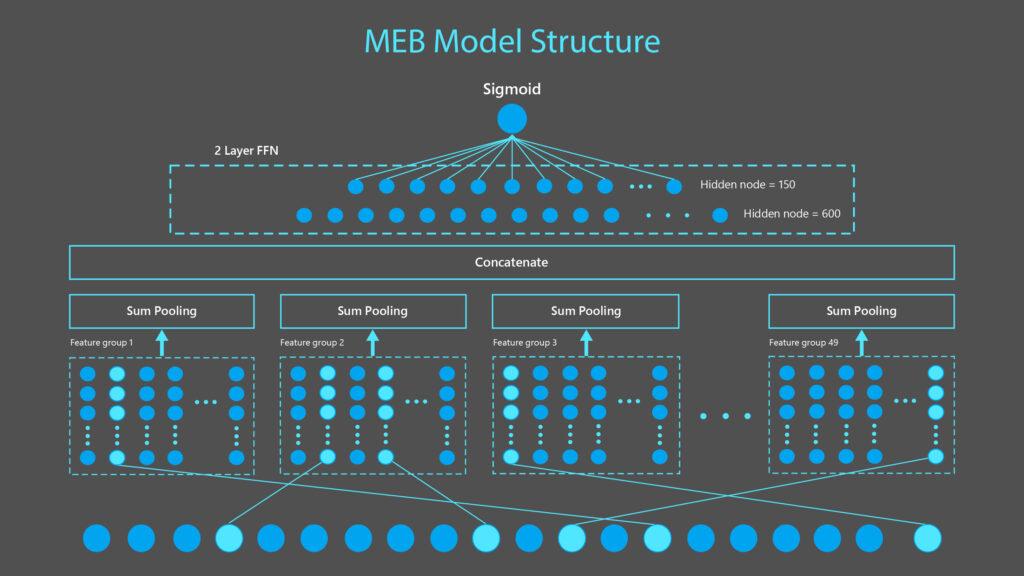Building Effective Deep Learning Models: Best Practices
The landscape of artificial intelligence is rapidly evolving, and deep learning has emerged as a leader in the field. However, crafting effective deep learning models requires a strategic approach. In this article, we will explore best practices, practical tips, and real-world case studies that will help you on your journey to building robust deep learning models.
Understanding Deep Learning
Deep learning is a subset of machine learning that uses neural networks with many layers (hence “deep”). This technology enables automatic feature extraction, making it particularly useful for complex tasks like image and speech recognition. However, without proper architecture and methodology, even the most advanced algorithms can fall short.
Best Practices for Building Deep Learning Models
1. Define the Problem Clearly
Before diving into model development, defining the problem is crucial. Ask yourself:
- What is the end goal?
- What data do I need?
- What metrics will measure success?
2. Data Preparation and Preprocessing
Data is the backbone of any deep learning model. Follow these data preparation best practices:
- Data Cleaning: Remove inaccuracies and handle missing values.
- Normalization: Scale the data to ensure consistent input ranges.
- Augmentation: Increase the diversity of data using techniques like rotation, flipping, and scaling, especially in image datasets.
3. Choosing the Right Architecture
The choice of architecture can significantly impact performance. Common architectures include:
| Architecture | Best Suited For |
|---|---|
| Convolutional Neural Networks (CNN) | Image classification and recognition |
| Recurrent Neural Networks (RNN) | Sequence prediction such as time series or natural language |
| Generative Adversarial Networks (GAN) | Data generation and enhancement |
4. Hyperparameter Tuning
Hyperparameters like learning rate, batch size, and number of epochs can make or break your model. Use techniques such as:
- Grid Search: Test different combinations of hyperparameters.
- Random Search: Randomly sample parameter combinations.
- Bayesian Optimization: A probabilistic model for more efficient searching.
5. Regularization Techniques
Deep learning models can be prone to overfitting. Implement the following strategies to combat this:
- Dropout: Randomly deactivate neurons during training.
- L2 Regularization: Add a penalty for large weights to the loss function.
- Early Stopping: Stop training when performance on a validation dataset starts to degrade.
Benefits of Effective Deep Learning Models
Investing time and effort in following best practices pays off immensely. Here are some key benefits:
- Improved Accuracy: Systematic approaches raise model performance.
- Reduced Training Time: Efficient workflows and better architectures minimize resource usage.
- Increased Predictability: Well-tuned models provide reliable outputs across various datasets.
Case Studies: Successful Applications of Deep Learning
Let’s explore a couple of real-world examples where effective deep learning models have made a significant impact:
1. Healthcare Diagnostics
Deep learning is revolutionizing diagnostics in healthcare. Models designed to analyze medical images, like X-rays and MRIs, have demonstrated higher accuracy than traditional methods. A notable case is Google’s DeepMind, which has shown promise in detecting diabetic retinopathy and age-related macular degeneration.
2. Autonomous Vehicles
Self-driving cars rely heavily on deep learning for perception tasks, such as identifying pedestrians and traffic signs. Companies like Tesla and Waymo use complex neural networks to enhance safety and efficiency, balancing speed and precision, thanks to effective model architectures and robust datasets.
Practical Tips for Developing Deep Learning Models
Maximize your success by applying these practical tips:
- Utilize Cloud Resources: Take advantage of cloud compute resources for scaling your model training.
- Leverage Transfer Learning: Utilize pre-trained models to save time and effort.
- Collaborate and Seek Feedback: Engage with the community for learning opportunities and constructive feedback.
First-Hand Experience: Building My Own Model
As a machine learning enthusiast, I embarked on creating a convolutional neural network for classifying images of various flowers. By following best practices and undergoing the model tuning process, I achieved over 90% accuracy. This experience taught me valuable lessons on the importance of data quality and proper architecture selection.
Conclusion
Building effective deep learning models is both an art and a science. By adhering to best practices such as defining your problem clearly, preparing your data meticulously, and choosing the right architecture, you can significantly enhance your machine learning projects. With the continuous evolution of deep learning techniques, staying updated and adaptable is crucial. Leverage the insights and strategies presented in this article to elevate your AI endeavors and drive impactful outcomes.

